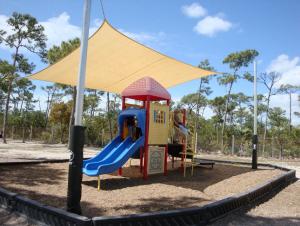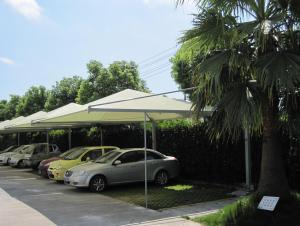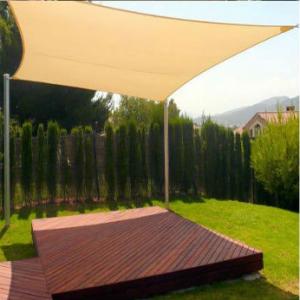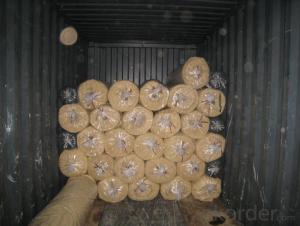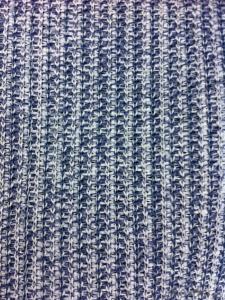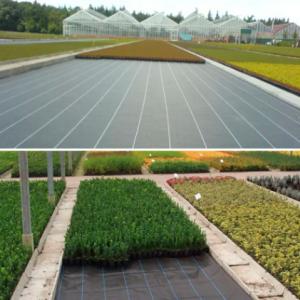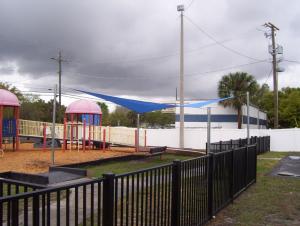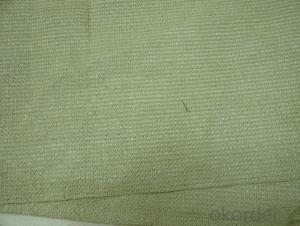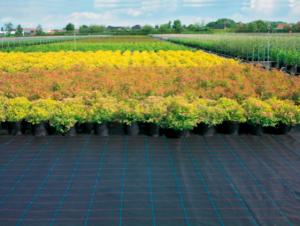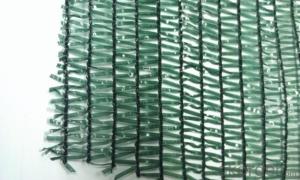Aluminum Awnings
Aluminum Awnings Related Searches
Led Light Bulbs For Ceiling Fixtures Led Lamps For Ceiling 42 In Ceiling Fan With Light Aluminum Coil Stock For Gutters Aluminum Foil For The Grill Hole Saw For Aluminum Plate Aluminum Tread Plate For Trailer Bow Plate For Aluminum Boat Aluminum Foil For Grow Room Aluminum Foil For Joint PainHot Searches
Stock Price For Aluminum Aluminum Coil Stock For Sale Aluminum Gutter Coil For Sale Used Aluminum Scaffolding For Sale 1/4 Aluminum Plate For Sale Aluminum Bar Stock For Sale Aluminum Round Stock For Sale Aluminum Diamond Plate For Sale Aluminum Scaffolding For Sale Craigslist 6061 Aluminum Plate For Sale Aluminum Dock Plate For Sale 7075 Aluminum Plate For Sale Aluminum Tread Plate For Sale Aluminum Checker Plate For Sale Aluminum Plate For Sale Near Me Plate Aluminum For Sale Aluminum Plate For Sale Aluminum Square Stock For Sale Aluminum Flat Stock For Sale Billet Aluminum Stock For SaleAluminum Awnings Supplier & Manufacturer from China
Okorder.com is a professional Aluminum Awnings supplier & manufacturer, offers integrated one-stop services including real-time quoting and online cargo tracking. We are funded by CNBM Group, a Fortune 500 enterprise and the largest Aluminum Awnings firm in China.Hot Products
FAQ
- Plastic nets act as a physical barrier, preventing birds from accessing fruit trees and thus protecting the fruits from being eaten or damaged by birds.
- Plastic nets act as a physical barrier that prevents birds from accessing and nesting in unwanted areas. The nets are typically placed over openings or structures to block birds' entry, discouraging them from building nests in these areas. This helps to protect buildings, machinery, and other structures from potential damage caused by nesting birds.
- The cost of plastic nets can vary depending on factors such as the size, quality, and quantity required. It is best to check with suppliers or retailers to get specific pricing information.
- Plastic nets contribute to an increased carbon footprint due to the significant environmental impact associated with their production, disposal, and potential for marine pollution. The extraction and processing of fossil fuels required to produce plastic nets result in greenhouse gas emissions, contributing to climate change. Additionally, the disposal of plastic nets often involves incineration or landfilling, further releasing carbon dioxide. When plastic nets enter the oceans, they pose a threat to marine life, as they can entangle or be ingested by animals, disrupting ecosystems and contributing to the overall carbon footprint.
- Plastic nets provide a stable and durable structure for climbing plants to grow on. They act as a support system, allowing the plants to cling onto the netting with their tendrils or stems. This helps the plants to grow upwards and prevents them from collapsing or sprawling on the ground. Additionally, the open design of the net allows sunlight and air to reach the plants from all angles, promoting healthy growth.










